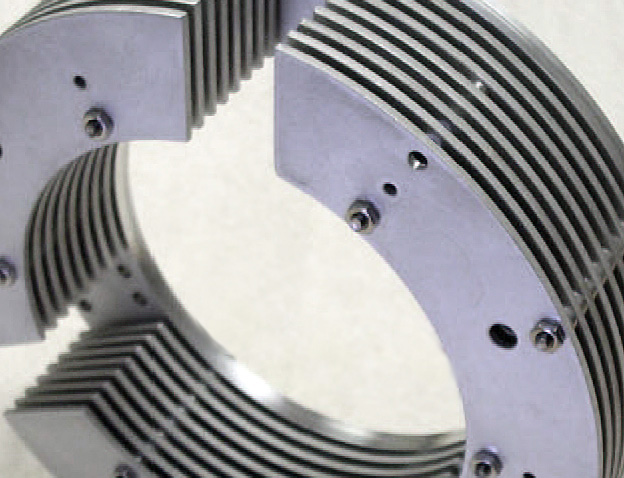Integrated Abatement

Integrated Sub-Atmospheric Abatement for a Zero-Waste Solution
Waste generated by the ALD process builds up quickly inside vacuum lines and clogs pumps. This uncontrolled growth of waste residue generated by leftover precursors and reaction byproducts is particularly detrimental to ALD process and equipment. Moreover, it presents significant environmental health & safety hazards, exposing both maintenance personnel and the environment to dangerous spills and emissions whenever maintenance is performed to remove it from traps, vacuum lines or pumps.
Consequently, ALD equipment from most competing manufacturers is prone to frequent maintenance and pump breakage. Several factors contribute to this maintenance nightmare. First, typical ALD precursors form inferior waste residue when mixed downstream from the process chamber. These deposits increase the effective foreline area and progressively drive the entrapment of chemicals and subsequent growth of deposits upstream toward the process chamber, where eventually separation of chemicals becomes impossible. Since the cornerstone of ALD is sequential and separate introduction of reactants into the chamber, the presence of these chemicals wreaks havoc on ALD process conditions. This is additionally exacerbated by the fact that ALD is predominantly practiced at extremely low chemical utilization rates (< 1%), which means that almost all the chemicals used in the reaction are dumped into the downstream.
These factors constitute a severe limitation on ALD performance. In contrast, Sundew’s use of proprietary integrated abatement, along with the fact that Sundew’s SMFD-ALD achieves orders of magnitude higher chemical utilization rates, alleviates these limitations by eliminating waste. As a result, our ALD production systems deliver record uptimes (>250 µm accumulated film, or 40,000 wafers in typical Hi-K dielectric production), matching or exceeding those of legacy CVD equipment. This unprecedented productivity and reliability in ALD production translates to dramatically reduced cost of ownership, overall > 75% compared to the competition.
